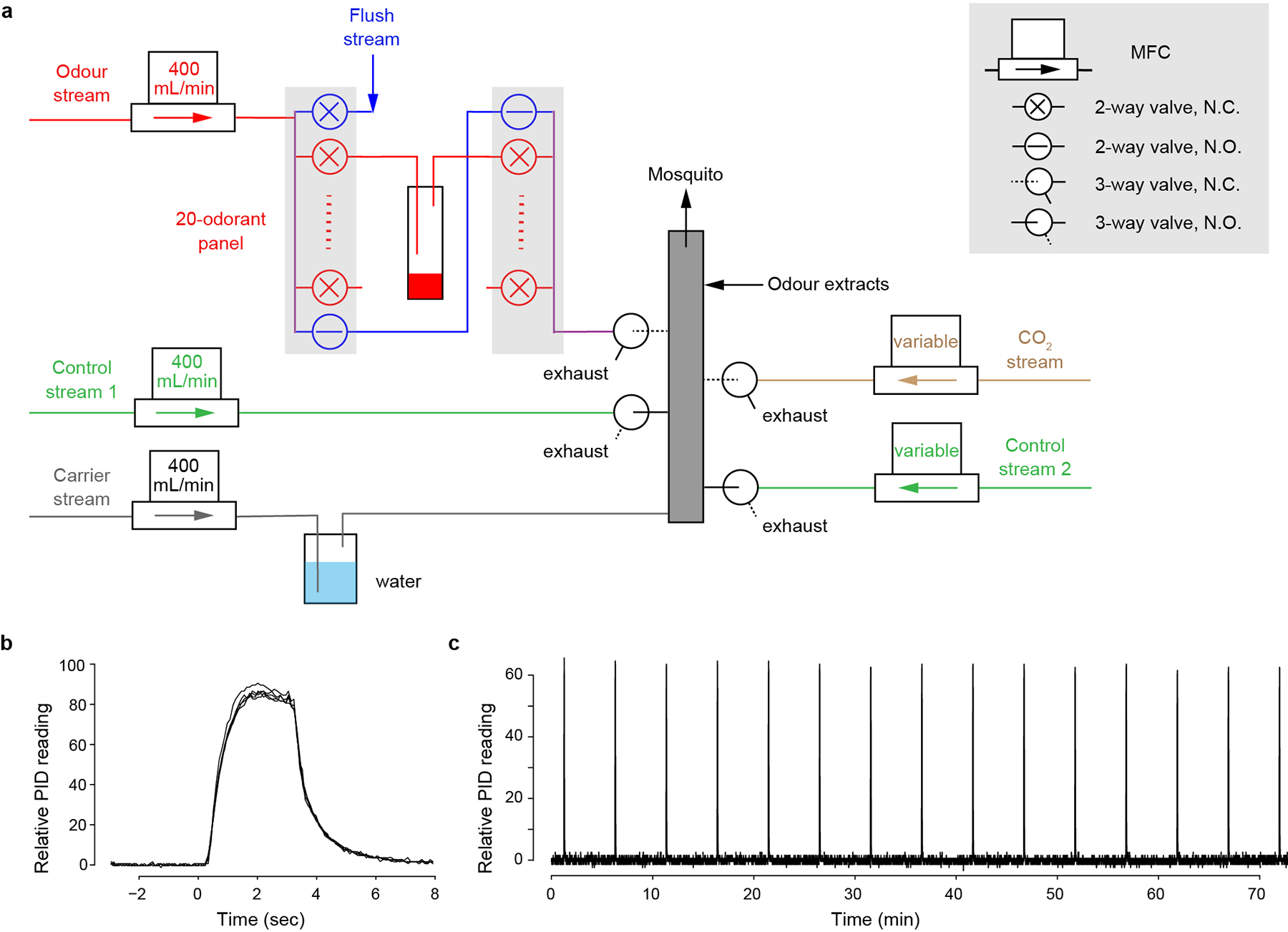Extended Data Fig. 6 |. Design and characterization of the single-odorant delivery system.

a, Design schematic. Filtered air is split into 5 streams, each regulated by a mass flow controller (MFC). The humidified carrier stream (grey) flows continuously through the mixing manifold (grey box) to the mosquito. Normally, the two control streams (green) are also flowing through 3-way valves to the manifold. Synthetic odorants and CO2 are delivered through the odour stream (red) and CO2 stream (brown), respectively. The odour stream has 20 odour channels (red) plus a bypass (blue). To puff the odorant in a given vial, the bypass closes, 2-way valves flanking the odour vial open, and the headspace of the odour vial is carried by the odour stream to a 3-way valve that diverts the stream from exhaust to the mixing manifold with a delay. Meanwhile, control stream 1 is diverted to exhaust to maintain a constant flow rate. When delivering CO2, the CO2 stream (fed by a carbogen tank) is similarly diverted to the mixing manifold and offset by control stream 2. The high-flow flush (blue, 2000 ml/min) opens between odour puffs to remove residual odorant from the system. Output of the thermal-desorption system used to deliver complex odours also joins the final mixing manifold. MFC, mass-flow controller; N.C., normally closed; N.O., normally open. See Methods for more detail. b, Shape of odour puffs delivered by the system, featuring fast rise/decay and stable peak height. Five replicate 3-sec puffs of 2-heptanone (10−2 in paraffin oil) were aligned to the command onset (time=0). c, Long-term stability of odour puffs delivered by the system. A 3-sec puff of 2-heptanone (10−2) was delivered every 5 min for 75 min.
